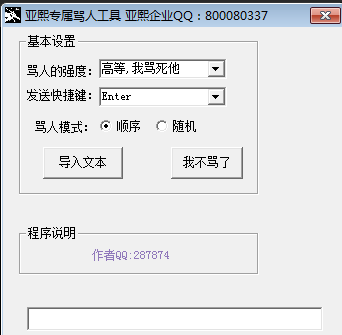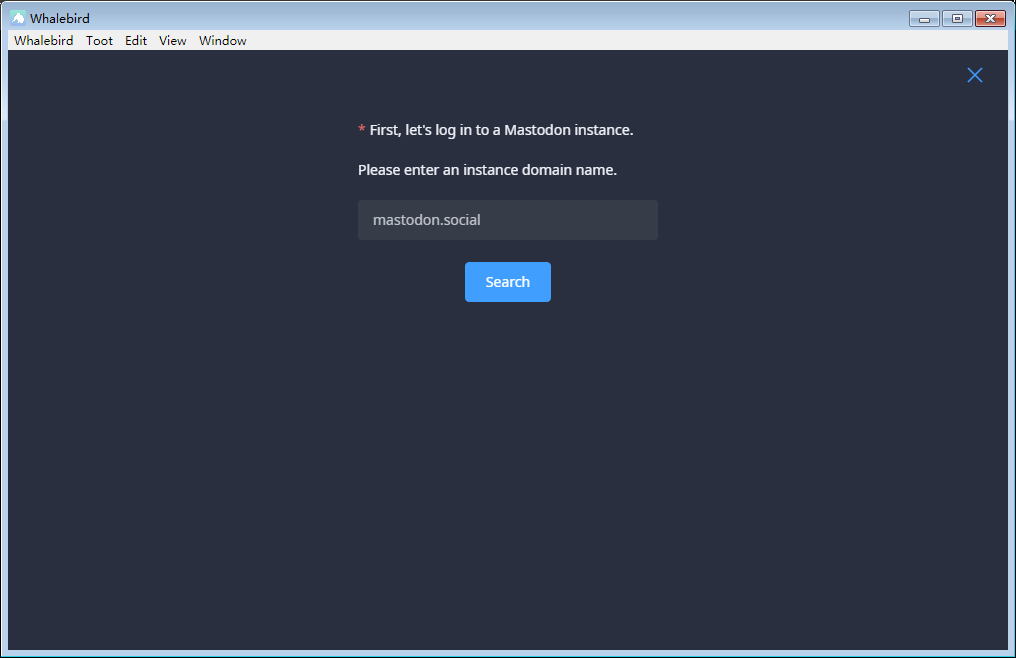.NET 使用 MySql.Data.dll 动态库操作MySql的帮助类--MySqlHelper
时间:2022-03-14 03:55
/// <summary> /// MySql 数据库操作类 /// </summary> public class MySqlHelper { #region MysqlConnection private static MySql.Data.MySqlClient.MySqlConnection _mysqlConnection; /// <summary> /// MySqlConnection 连接信息 /// </summary> public static MySql.Data.MySqlClient.MySqlConnection MysqlConnection { get { String mysqlConnectionString = System.Configuration.ConfigurationManager.ConnectionStrings["Libor_MySql_QuoteCenter_ConnectionString"].ToString(); if (_mysqlConnection == null) _mysqlConnection = new MySql.Data.MySqlClient.MySqlConnection(mysqlConnectionString); if (_mysqlConnection.State == System.Data.ConnectionState.Closed) _mysqlConnection.Open(); if (_mysqlConnection.State == System.Data.ConnectionState.Broken) { _mysqlConnection.Close(); _mysqlConnection.Open(); } return MySqlHelper._mysqlConnection; } } #endregion #region 执行MySQL语句或存储过程,返回受影响的行数 /// <summary> /// 执行MySQL语句或存储过程 /// </summary> /// <param name="type">命令类型</param> /// <param name="sqlString">sql语句</param> /// <param name="pstmt">参数</param> /// <returns>执行结果</returns> public static int ExecuteNonQuery(CommandType type, String sqlString, MySql.Data.MySqlClient.MySqlParameter[] para) { try { using (MySql.Data.MySqlClient.MySqlCommand com = new MySql.Data.MySqlClient.MySqlCommand()) { com.Connection = MysqlConnection; com.CommandText = @sqlString; com.CommandType = type; if (para != null) com.Parameters.AddRange(para); int val = com.ExecuteNonQuery(); com.Parameters.Clear(); return val; } } catch (Exception ex) { //Logger.Error("执行MySQL语句或存储过程,异常!", ex); return 0; } finally { if (MysqlConnection.State != ConnectionState.Closed) MysqlConnection.Close(); } } /// <summary> /// 执行带事务的SQL语句或存储过程 /// </summary> /// <param name="trans">事务</param> /// <param name="type">命令类型</param> /// <param name="sqlString">SQL语句</param> /// <param name="pstmt">参数</param> /// <returns>执行结果</returns> public static int ExecuteNonQuery(MySql.Data.MySqlClient.MySqlTransaction trans, CommandType type, String sqlString, MySql.Data.MySqlClient.MySqlParameter[] para) { try { using (MySql.Data.MySqlClient.MySqlCommand com = new MySql.Data.MySqlClient.MySqlCommand()) { com.Connection = MysqlConnection; com.CommandText = @sqlString; com.CommandType = type; if (para != null) com.Parameters.AddRange(para); if (trans != null) com.Transaction = trans; int val = com.ExecuteNonQuery(); com.Parameters.Clear(); return val; } } catch (Exception ex) { //Logger.Error("执行MySQL语句或存储过程2,异常!", ex); return 0; } finally { if (MysqlConnection.State != ConnectionState.Closed) MysqlConnection.Close(); } } #endregion #region 执行SQL语句或存储过程,返回 DataTable /// <summary> /// 执行SQL语句或存储过程,返回 DataTable /// </summary> /// <param name="type">命令类型</param> /// <param name="sqlString">SQL语句</param> /// <param name="pstmt">参数</param> /// <returns>执行结果</returns> public static DataTable ExecuteReaderToDataTable(CommandType type, String sqlString, MySql.Data.MySqlClient.MySqlParameter[] para) { DataTable dt = new DataTable(); MySql.Data.MySqlClient.MySqlDataReader dr = null; try { using (MySql.Data.MySqlClient.MySqlCommand com = new MySql.Data.MySqlClient.MySqlCommand()) { com.Connection = MysqlConnection; com.CommandText = @sqlString; com.CommandType = type; if (para != null) com.Parameters.AddRange(para); using (dr = com.ExecuteReader(CommandBehavior.CloseConnection)) { if (dr != null) dt.Load(dr); com.Parameters.Clear(); if (MysqlConnection.State != ConnectionState.Closed) MysqlConnection.Close(); } return dt; } } catch (Exception ex) { //Logger.Error("执行SQL语句或存储过程,返回 DataTable,异常!", ex); return null; } finally { if (dr != null && !dr.IsClosed) dr.Close(); if (MysqlConnection.State != ConnectionState.Closed) MysqlConnection.Close(); } } #endregion }特别说明:
1、MySql.Data.dll mysql官网提供的组件,下载后添加引用到当前项目即可使用
2、参数化处理
在SQLServer中参数化处理符号为"@",参数化示例如:
SqlParameter[] param = {
new SqlParameter("@TABLEDATA", tableData)
}; 在MySql中参数化处理符号为“?”,参数化示例如:
MySql.Data.MySqlClient.MySqlParameter[] paras = {
new MySql.Data.MySqlClient.MySqlParameter("?LIBOR_NAME",name),
};其他参考文章如下:



























